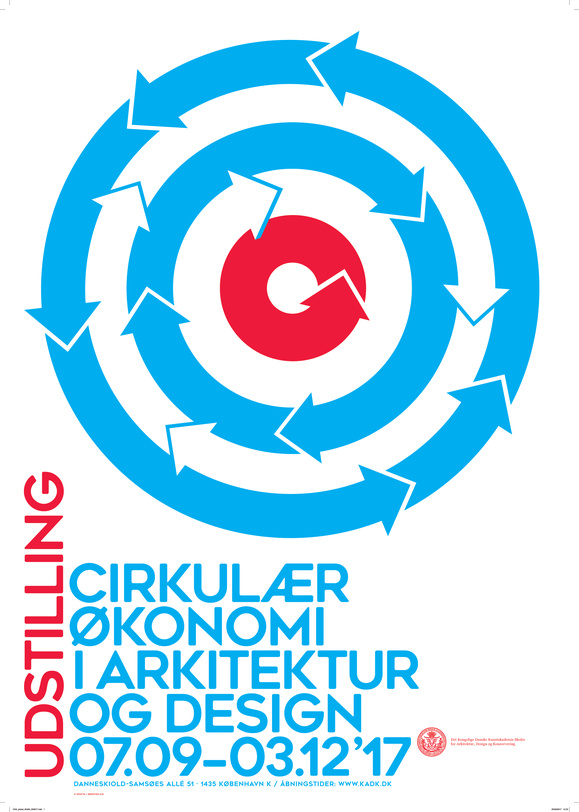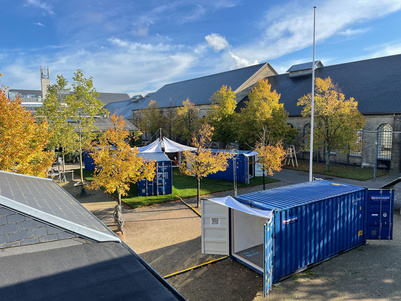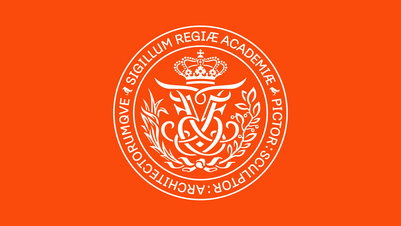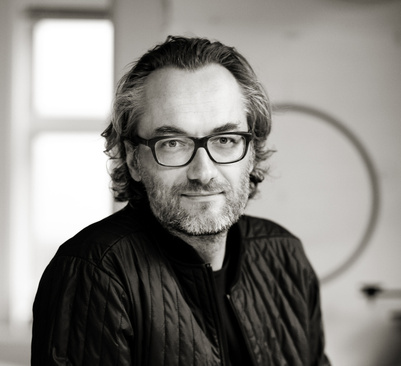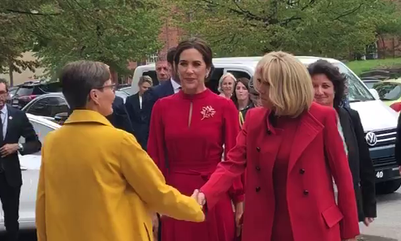Denmark wants to convert to a circular economy, but how? KADK presents 14 ideas for innovative design and architecture, which might help pave the way for this major conversion. This exhibition will be followed by a programme of seminars in the autumn.
The conversion to a circular economy is imperative for the future. This is apparent, for example, in this summer’s recommendations by the government’s advisory committee, driving home the fact that Denmark has a golden opportunity to be a pioneer when it comes to developing new circular technologies and solutions.
KADK wants to, and can help to tackle this task. That is why KADK is further spotlighting the subject of circularity in the exhibition, Circular Economy in Architecture and Design, followed by a series of seminars in the autumn.
Solutions that Make Sense
The exhibition opens on 7 September, presenting a total of 14 ideas for innovative architecture and design in an attempt to contribute to the conversion from linear to circular economy, offering new solutions and strategies that draw on principles of recycling and recirculation, and the development of new sustainable materials.
“The conversion means that we need to work innovatively and experimentally on the development of new materials and the recycling of old ones, while also using our knowledge to create solutions that people actually want to use. That is the way we work at KADK, so our research and the skills of our graduates can play a major role in terms of giving people a better life without putting pressure on our planet,” says the Rector, Lene Dammand Lund.
Resourceful Architecture and Sustainable Packaging
The exhibition presents projects by both researchers and students at KADK.
They include the international research project, ‘Flora Robotica’, which explores how the use of new robotic technology can manipulate plants to ‘grow’ beautiful architectural structures – in the longer term, perhaps even entire buildings. Technology may mean that the buildings of the future do not need to use nature’s resources, instead creating the necessary resources by itself: what is more, fully degradable and natural resources that can therefore be used again.
At the other end of the spectrum is the project, ‘See Salt’, developed by an undergraduate student, Natasha Linde Krebs and based on the question: “How can we make sustainable packaging out of sea salt – for sea salt?” The project has come up with an alternative to traditional plastic packaging, consisting of water, paper paste and salt. In addition to being made of natural and degradable materials, the packaging also has an interesting aesthetic value, because its texture evokes the actual extraction of salt.
Series of seminars about circular economy
“The exhibition shows how well equipped we are to tackle the circular field, and that we are already coming up with promising solutions to the problem. We will continue this work, because there is no doubt that it is a field, in which KADK will be playing a major role,” says Lene Dammand Lund.
That is why, this autumn, KADK will be giving a further boost to the teaching of, and research into circular economy with a series of open seminars, which will spotlight such topics as the interaction of architecture with nature and circular design. The seminars will draw on knowledge and experience from some of the world’s leading architects and designers in the field of circularity, who will be invited to talk about their work.
The exhibition, Circular Economy in Architecture and Design will open on 7 September and run until 3 December. Opening hours: 9.00 am - 5.00 pm


